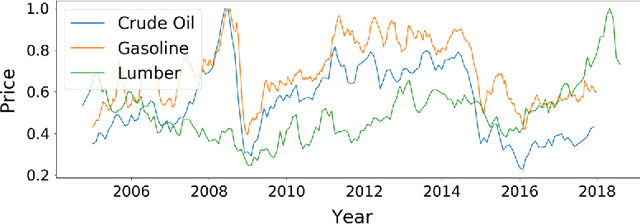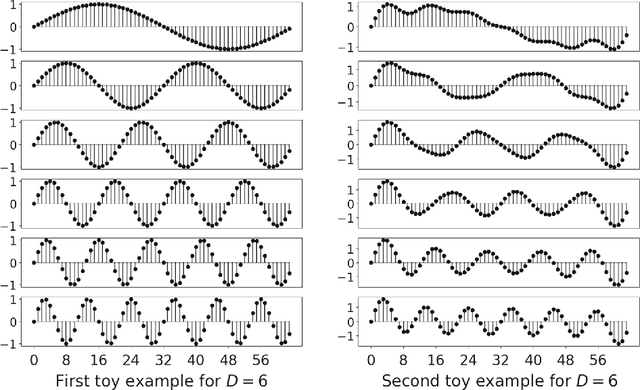Shun-Yao Shih
Automatic, Personalized, and Flexible Playlist Generation using Reinforcement Learning
Sep 12, 2018



Abstract:Songs can be well arranged by professional music curators to form a riveting playlist that creates engaging listening experiences. However, it is time-consuming for curators to timely rearrange these playlists for fitting trends in future. By exploiting the techniques of deep learning and reinforcement learning, in this paper, we consider music playlist generation as a language modeling problem and solve it by the proposed attention language model with policy gradient. We develop a systematic and interactive approach so that the resulting playlists can be tuned flexibly according to user preferences. Considering a playlist as a sequence of words, we first train our attention RNN language model on baseline recommended playlists. By optimizing suitable imposed reward functions, the model is thus refined for corresponding preferences. The experimental results demonstrate that our approach not only generates coherent playlists automatically but is also able to flexibly recommend personalized playlists for diversity, novelty and freshness.
Temporal Pattern Attention for Multivariate Time Series Forecasting
Sep 12, 2018



Abstract:Forecasting multivariate time series data, such as prediction of electricity consumption, solar power production, and polyphonic piano pieces, has numerous valuable applications. However, complex and non-linear interdependencies between time steps and series complicate the task. To obtain accurate prediction, it is crucial to model long-term dependency in time series data, which can be achieved to some good extent by recurrent neural network (RNN) with attention mechanism. Typical attention mechanism reviews the information at each previous time step and selects the relevant information to help generate the outputs, but it fails to capture the temporal patterns across multiple time steps. In this paper, we propose to use a set of filters to extract time-invariant temporal patterns, which is similar to transforming time series data into its "frequency domain". Then we proposed a novel attention mechanism to select relevant time series, and use its "frequency domain" information for forecasting. We applied the proposed model on several real-world tasks and achieved the state-of-the-art performance in all of them with only one exception. We also show that to some degree the learned filters play the role of bases in discrete Fourier transform.
 Add to Chrome
Add to Chrome Add to Firefox
Add to Firefox Add to Edge
Add to Edge